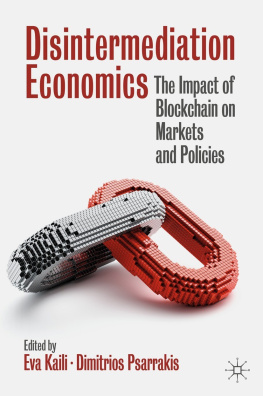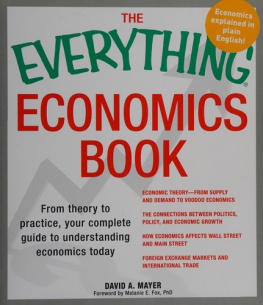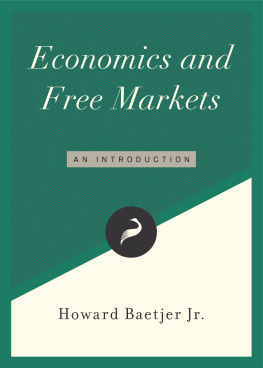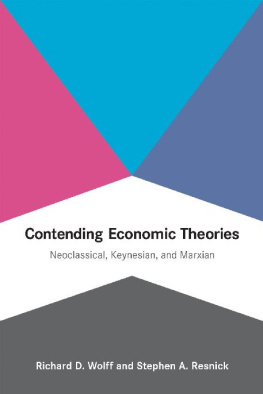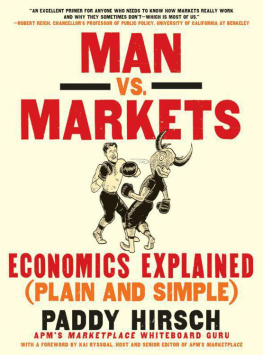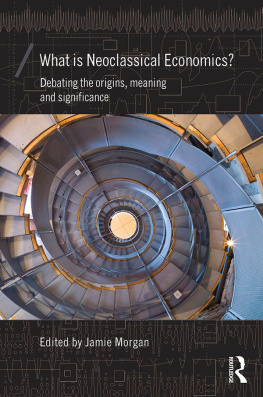Valuing the Unique
Valuing the Unique
THE ECONOMICS OF SINGULARITIES
Lucien Karpik
Translated by Nora Scott
PRINCETON UNIVERSITY PRESS
PRINCETON AND OXFORD
Copyright 2010 by Princeton University Press Published by Princeton University Press, 41 William Street, Princeton, New Jersey 08540 In the United Kingdom: Princeton University Press, 6 Oxford Street, Woodstock, Oxfordshire OX20 1TW
Originally published as Lconomie des singularits by Lucien Karpik, Editions Gallimard, Paris, 2007
Cet ouvrage a bnfici du soutien des Programmes daide la publication de Culturesfrance/Ministre franais des affaires trangres et europennes This work, published as part of a program of aid for publication, received support from CulturesFrance and the French Ministry of Foreign Affairs
All Rights Reserved
ISBN: 978-0-691-13584-7
ISBN (pbk.): 978-0-691-13710-0
Library of Congress Control Number: 2010925019
British Library Cataloging-in-Publication Data is available
press.princeton.edu
eISBN 978-1-400-83521-8
R0
ILLUSTRATIONS AND TABLES
PREFACE
Valuing the Unique: The Economics of Singularities is a translation from the original French LEconomie des singularits. In the process the text has been extensively revised, either for clarification or to improve the arguments, and the chapter on prices has been rewritten.
In conjunction with Nora Scott, the translator, and after a number of discussions and consultations, rather than attempt to translate the French notion of singularits, I decided to keep the same word in English: singularities. It is not often used in this sense in either language, but in both it was the closest to what we were looking for, and it was the means to avoid the notions of quality or qualities, since they have come to carry too many different meanings.
I would like to thank Jean Gadrey (Professor of Economics, University of Lille1), Catherine Paradeise (Professor of Sociology, University of Marne-la-Valle), and Philippe Steiner (Professor of Sociology, University of Paris4) for their readings of a first version of this book. They have been as rigorous in their criticisms as they have been generous with their advice.
PART ONE
An Overlooked Reality
Chapter One
THE PROBLEM
NEOCLASSICAL ECONOMICS, even in its latest versions, ignores one particular category of markets. I therefore propose a set of tools and reasonings to describe this reality and to explain its function as well as its evolution.
These overlooked markets are markets of singular, incommensurable products. Far from being restricted to marginal realities, they encompass those exchanges governed by the search for a good or the right... fine wine, novel, doctor, lawyer, or consultant. More generally, these markets include works of art, haute cuisine, movies, fine wines, recorded music, luxury goods, literature, tourism, certain handcrafted items, personalized professional services, and particular kinds of expertise.
Neoclassical analysis ignores these singular products as singular products. Not deliberately, of course; this blind spot is the logical consequence of a theoretical framework whose universalism implies a definition of exchange products (goods and services) that, in the end, excludes all differential features but price. For example, with the central distinction between standardized and differentiated products, singularities are lost in the mass of differentiated goods and therefore remain invisible. But once defined, they can be separated, and their exchange is regulated by a particular form of economic coordination irreducible to the orthodox market. We must therefore explore the terra incognita of the market of singular products, or what I will term the market of singularities, and construct the theory that will account for it: namely, the economics of singularities.
This approach is part of a collective history that has spawned a diversification of market analyses over the last thirty or forty years. To neoclassical theory and its offshootswhich include, among others, transaction-cost theory, agency theory, and property-rights theorymust now be added heterodox economicsthe theory of regulation, the theory of conventions, and neoinstitutional theoryand the development of the New Economic Sociology. In this book, I will draw some comparisons with these theoretical perspectives.
As its position is central, neoclassical theory will be our principal term of reference. Simplified comparison of its concepts and principles remains the easiest way to highlight the differences and bring out the changes in the stakes and arguments associated with singular products. To be sure, neoclassical theory is a vast universe that is both diversified and sophisticated, but as long as our use of the term does not occasion misunderstandingsas long as we do not mistake for a global judgment what is merely a presentation that points out discrepancies and new elementsthis rhetorical device can be useful; moreover, it does not exclude, when the occasion arises, a closer, critical look at one or another specific argument.
In the usual interpretation of the changes observed in the economy and society, the apparently irresistible extension of the market can occur only at the expense of all that borders on its sphere. This evolution was clearly outlined by Marx: Exchange has a history of its own. It has passed through different phases.... Finally, there came a time when everything that men had considered as inalienable became an object of exchange, of traffic and could be alienated. This is the time when the very things which till then had been communicated, but never exchanged; given but never sold; acquired but never boughtvirtue, love, conviction, knowledge, conscience, etc.when everything, in short, passed into commerce. It is the time... when everything, moral or physical, having become a marketable value, is brought to the market to be assessed at its truest value.
The market encounters its limit, and relentlessly pushes it back, in an exteriority that encompasses mainlyin French lawgifts, inalienable goods, and free things. Though the circulation of objects follows its own specific logic in the first case, it is subject to the prohibition of commerciality in the other two. This common taboo on the capacity to circulate from one agent or actor to another The dividing line is contingent.
The conflict between culture and the market is more alive than ever. Karl Polanyi noticed it.
The anthropological model, which underpins the antinomy between market and culture, has a long history and is still fully alive in todays social sciences. Because it is binary, it is also radical: singularity is preserved in culture and lost in the market. In passing from the former to the latter, it can only be dequalified. This model lends intelligibility to the longstanding struggle between commoditization and singularization. It favors a representation dominated by the tendency toward the boundless market The market grows unremittingly, driven by the conversion of incommensurabilities into generalized equivalence.
From Max Weber to Oliver Williamson, Alfred Chandler, and Theodore Porter, not forgetting Georg Simmel and many others, the extension of calculativeness goes on unabated. Weber reminds us that this practice has existed since time began and that it is a constituent feature of capitalism, since it makes it possible to assess profitability, is rooted in accounting as well as in the separation between professional and personal patrimony, and becomes generalized with the rational organization of free labor, the progress of science and technology, and the development of rational law.



